Remote temperature monitoring of Sentinel Points HSG 274.
In 2014 the HSE published HSG274 - Part 2. This introduced a different method of monitoring temperatures in hot water systems across the UK. This article examines how remote temperature monitoring and the internet of things (IoT) can assist in meeting the guidance. Ensuring compliance with UK law and reducing costs of this compliance.
Prior to 2014 the HSE guidance required hot water temperatures to be monitored at the nearest and furthest outlets designated as sentinel points. The new guidance has redefined these sentinel points.
…the far sentinels are the return legs at a point towards the end of the recirculating loop.
The impact of this statement is that every loop in the system must now be considered in the water safety plan. The principal loop, all subordinate loops and any tertiary loops. After identifying all the loops, each loop will have a designated outlet as the sentinel, it being the furthest outlet on that particular loop. For a more detailed and comprehensive answer on sentinel outlets read this article. Are Sentinel Points Driving You Loopy?
The reason for the change was that in large and complex systems non-compliance of the water safety plan temperature regime was being found in return loops of these subordinate and tertiary loops. So, the change means ALL loops will be monitored for temperature compliance, and this means that a different temperature monitoring schedule is required:
The principal loops sentinel points must be checked monthly and the results recorded in a water temperature log book.
Each subordinate loop sentinel outlet must be tested every three months and the results recorded in a water temperature log book.
Finally, a representative number of tertiary loops should be tested on a rotational basis throughout the year. In order that every tertiary loop is tested at least once during the year and the results recorded in a water temperature log book.
For many large and complex systems such as installed in hospitals,universities, secondary schools and other big buildings trying to comply with 1,2 and 3 is very difficult. The increase in manual testing, managing the rotation, logging results all increase costs and have in built human error factors.
This increase in costs and potential human error was recognised in HTM 04-01: Health Technical Memorandum: Safe Water in Health Care Premises states in paragraphs 7.4 and 7.5.
7.4 Whereas many of the checks will, of necessity, require the use of separate thermometric equipment, some of the temperature checks can be carried out by continuous monitoring such as sensors and reporting systems (optionally linked to a building management system (BMS)). Where a BMS is used, it will be essential to ensure that regular calibration and physical tests are performed in accordance with the manufacturer’s instructions.
7.5 More extensive use of automatic sensors and reporting systems should be considered for surveillance of systemic temperature profiling. Sensors should be located throughout the whole hot and cold water systems to ensure they give representative temperature values.
So, what has prevented the more extensive use of remote wireless temperature monitoring systems. There were many reasons, up until now:
Capital cost of installation and ongoing costs.
On wireless systems, battery life claims were exaggerated and caused system failures.
Some systems required using the buildings own WiFi signal and hence inherent IT security issues
Many systems suffered from poor reception and communication between temperature sensors and routers.
The amount of data some systems could handle was insufficient to monitor outlets continuously in real time and thus give predictions of non-compliance rather than just another data logger.
Temperature sensors were not portable and difficult if not impossible to assign to new outlets.
Here at Xiveillance UK we set out to overcome all the problems listed and our system can be retro fitted to any installation. We have:
1 Probably the lowest capital cost of any current system.
2 Proven field results of battery life measured in years.
3 Stand alone routers meaning independence of buildings own WiFi or IT network. Ability to use the WiFi signal if allowed.
4 Utilising LoRa network gives industry leading reception performance.
5 No data volume issues, which means that outlets are monitored in real time and predictive non-compliant events can be flagged up BEFORE the event becomes a non compliance. This is a huge advantage over a manual logging system.
6 Devices can be reassigned to outlets and use wireless sensors. A truly portable system. No hard wiring required.
For more information on the Xiveillance System.

